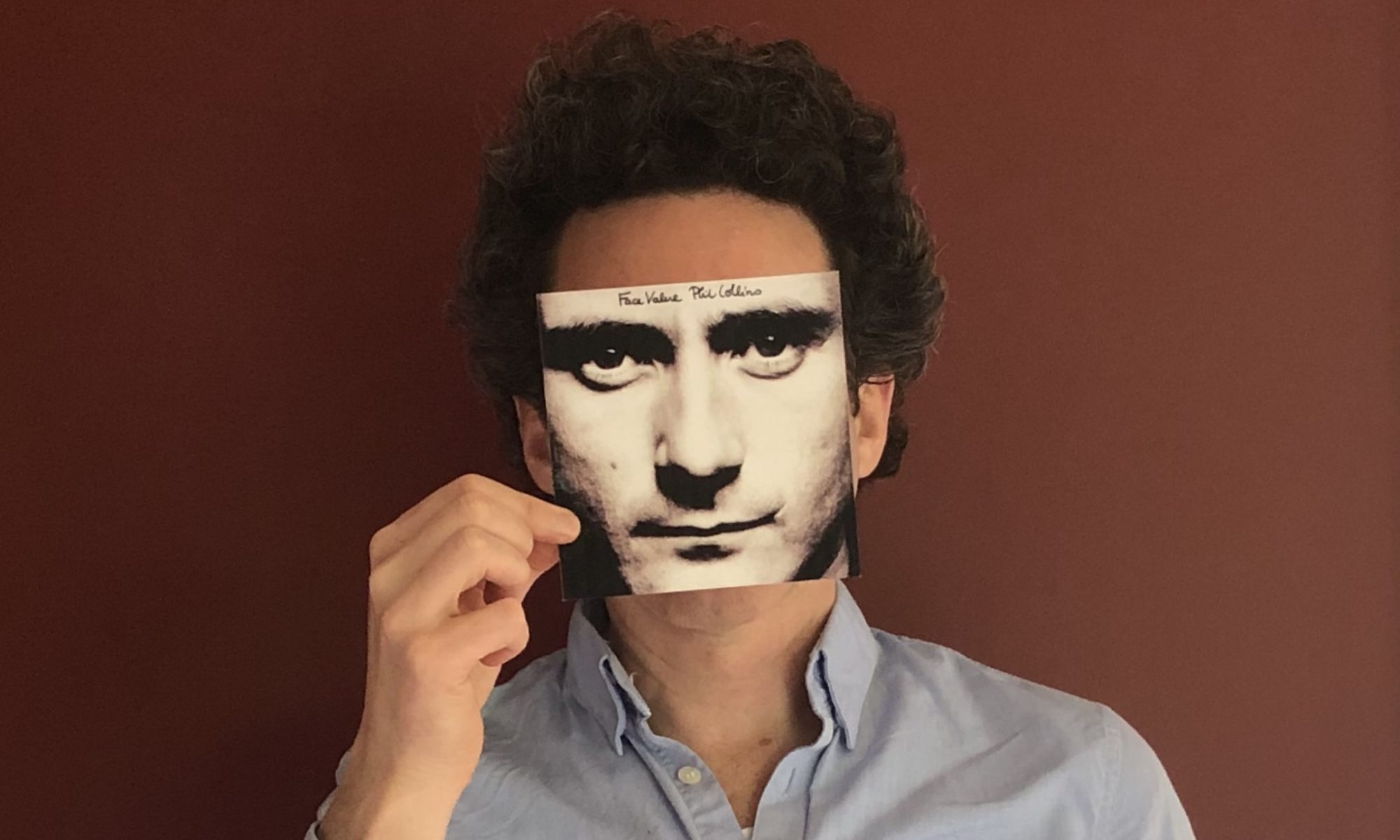Bing Crosby bankrolled magnetic tape to rescue his golf game. It bought him flexibility and kept work and play separate. The tape lived in the studio. Tapes ran from reel to cumbersome reel and the machines that played them needed a floor or table as support. Tape wasn’t portable.
In the 1950s, listeners could choose what they listened to at home but not on their commute, so tape started to shrink down. William Powell Lear — the Lear Jet guy — launched the 8-track cassette in 1964. “Tracks” here didn’t mean songs. The tape ran in a continuous loop for 80 minutes so each cassette could hold the best part of a double-album. The 8 were individual tracks, living side-by-side along the length of the tape, like swim lanes. Each track held a different set of sounds, but they traveled together so stayed in sync. Mono, stereo, quadraphonic, then 8-track. Doubling the tracks made the sound more layered and more able to offer a sense of space.
The 8-track was kind of portable. In the 1976 remake of A Star is Born, Kris Kristofferson, Barbra Streisand’s drunken, has-been rock star husband, puts a paperback-sized cassette on in the car just before he wipes out on a country road. The 8-track was car-portable.
The next shrink down was the big one. Or the small one. And it was the fruit of a very concrete design decision that Lou Ottens made.
Continue reading “What a pocket-sized block of wood and the Sound-about taught us.”